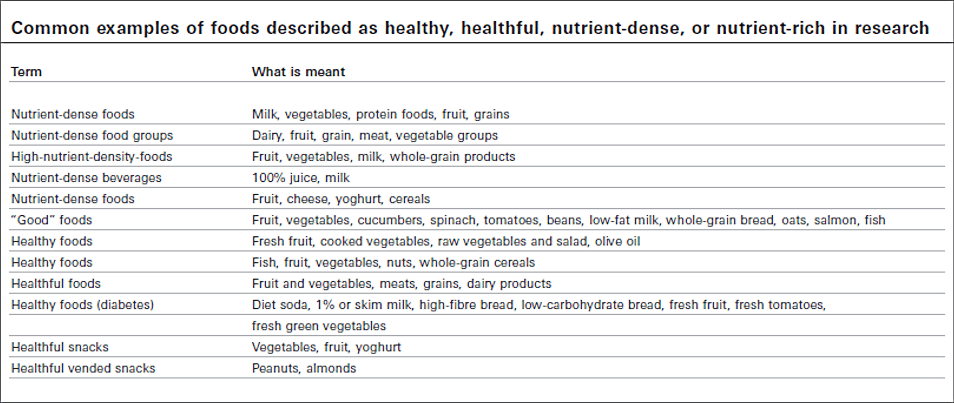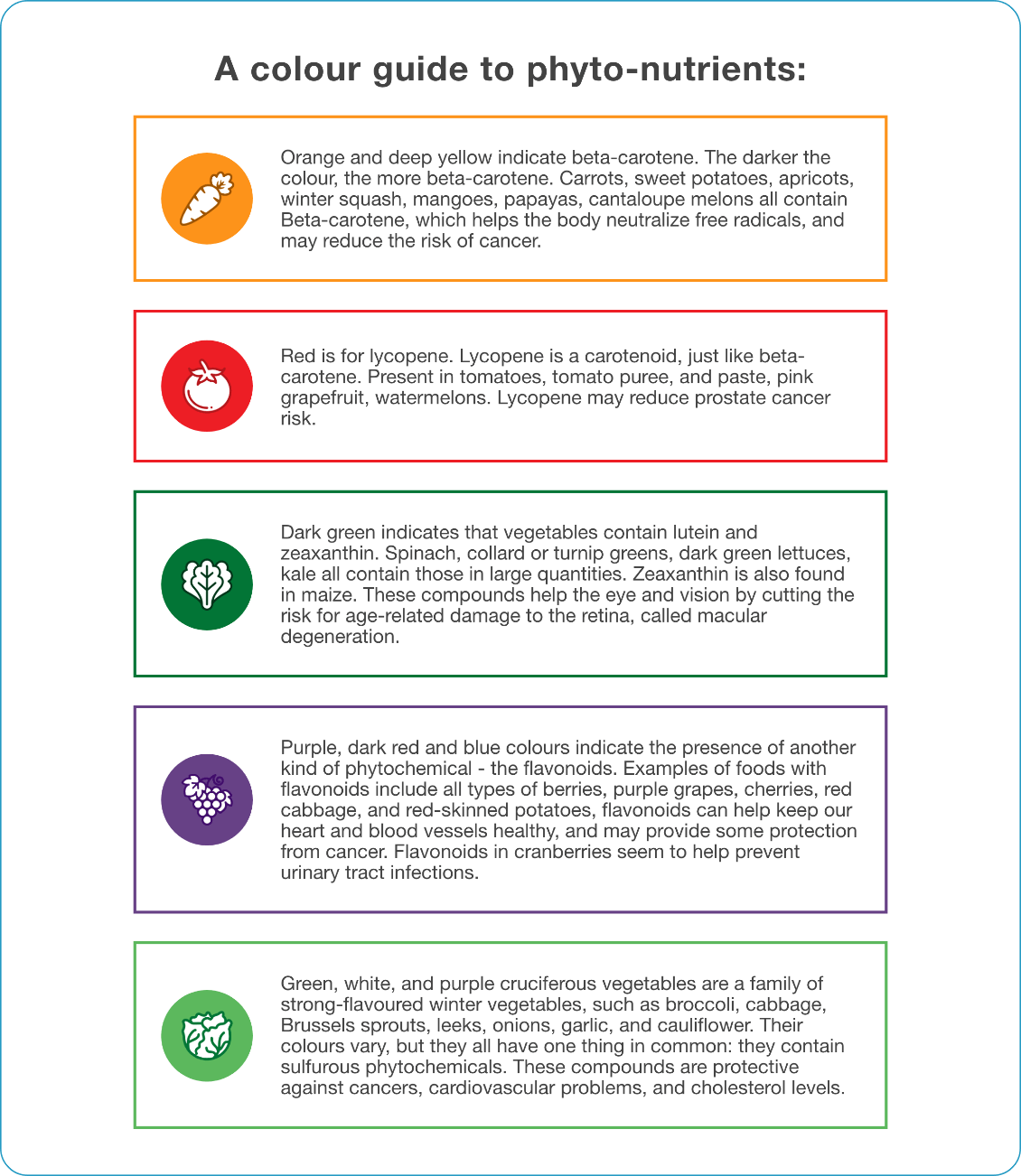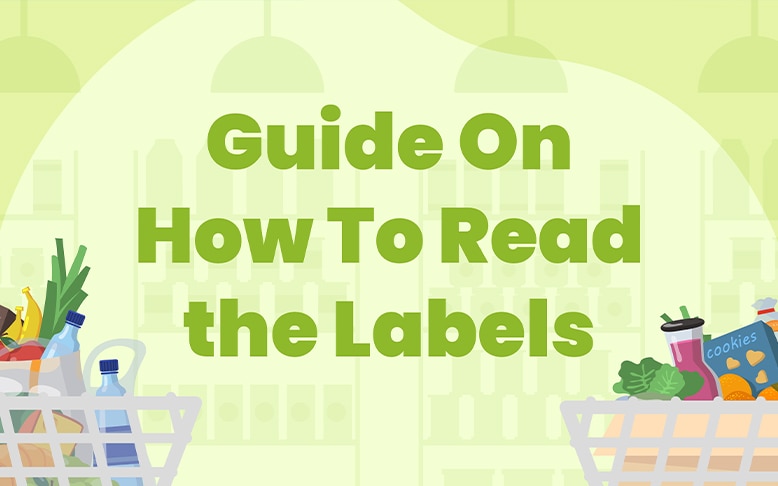Nutrient density – Content matters

Initially, nutrient density is the number of nutrients per calorie of food1. This is observed in foods that are high in nutrients but low in calories such as fiber and amino-rich foods. Nutrient-dense food choices provide a high proportion of vitamins, minerals, and antioxidants relative to calories, which helps to cover all nutritional requirements without encouraging weight gain. This food type is the opposite of the so-called “empty-calorie”, which refers to foods with high sugar, fat, or alcohol content but little to no nutritional value2.
The term nutrient density can come across different meanings. To epidemiologists, the term nutrient density of the diet means crude nutrient intakes (in μg or IU) divided by the total energy intakes. It often means diet composition as indexed by the percentage of energy from carbohydrates, protein, and fat. In terms of nutrition in emergency situations, such as famine, nutrient-dense food delivers a complete nutritional package that can sustain life.
Nutrient density is also defined as the ratio of nutrient content (in grams) to the total energy content (in kilocalories kcal or joules)3. Simply put, nutrient-dense foods are not energy-dense. For example, fruit and vegetables are considered nutrient-dense food, while highly refined products containing added sugars, saturated fats, and alcohol may be considered energy-dense but not nutrient-dense food.

Calories – Fewer calories promote longevity
For over sixty years, it has been known and repeatedly demonstrated in animal studies that if a person reduces caloric intake below a certain set point while maintaining adequate nutrition, one’s lifespan is extended. This experiment has been performed on numerous species including the primates, which is a category human beings share with apes. In each case, the average animal lifespan increased by 25 – 50%4. Reducing calories not only extends life but also delays the processes of aging and it is appealing to think that a person can live younger for longer. In clinical studies published to date, animals fed with reduced calorie diets were also more disease resistant and evidence for increased lifespan by caloric restriction is no longer challenged5,6. Being overweight and obese are increased risk factors for cancers and animals on a calorie-restricted diet are not only more cancer-resistant but also show evidence that oxidative stress is inhibited and youthful features of young tissue are retained with aging7.
What is clear is that health and longevity are inversely proportional to caloric intake (within reasonable limits). Some writers claim calorie reduction is the closest thing that science has to a fountain of youth and animal studies suggest that one would have to reduce calories by about 30% to achieve significant life-extending benefits8. Reducing calories, however, is not enough for it is essential to ensure optimal nutrient density or else, the effect would lead to the symptoms of malnutrition and deficiency diseases.
Plant-based Diet for Potassium Boost
It is not merely the overconsumption of fat, empty-calorie foods, animal foods, such as milk, cheese, butter, meat, and poultry that causes disease and premature deaths in much of the developed world. Consumers tend to forget that what is missing in individual diets is not eating enough plant foods. With this, people tend to ask, “Why are plant foods so protective and essential for human health?”
One example of the nutrients often overlooked is potassium as severe deficiencies are uncommon due to the fact that this element is present in very many foods. This complacency was challenged when a transition toward modern “Westernized” diets led to a substantial decline in potassium intake compared with traditional food habits, and a large sector of the population may now have sub-optimal potassium intake.
A high potassium intake was demonstrated to have protective effects against several pathologic states affecting the cardiovascular system, kidneys, and bones9. Additionally, fruits and vegetables contain potassium/organic anion salts (malate, citrate), which exert alkalinizing effects, through KHCO3 generation, which serves to neutralize acidity in urine10. While low-grade metabolic acidosis, when not properly controlled, may exacerbate various destructive processes (loss of bone calcium, proteolysis), especially in the elderly.
This discovery, among other studies, led to fruits and vegetables receiving great attention in a strategy to increase the nutritional value of meals while reducing energy density and intake. The need to ensure a 2.5 – to 3.5-g daily potassium supply from fruits and vegetables represents a strong rationale for the “5–10 servings per day” recommendations for a balanced diet11.
Micronutrients – Minuscule details matter
One frequently asked question is "Could we not just take a vitamin pill and eat a diet with low nutritional quality and be just as healthy?"
Indeed, pills can meet requirements for the vitamins and minerals which are now well defined but this would mean missing out on the goodness of all the natural substances (phytonutrients) and the fiber from plant foods. These phytonutrients often give plant foods their characteristic colors and flavors. Large epidemiological studies have shown that consumption of fruit and vegetables (5 or more portions daily) is associated with decreased risk of several diet-related diseases such as cancers and heart disease12, and it is thought that this protective effect is at least partly due to the phytonutrients and most vitamin pill formulations do not contain these natural plant substances.
Evidence suggests that it is the synergistic effect of several of these phytonutrients that produce protective effects against disease and that isolating one or another of them is less useful for human nutrition than consuming the whole food in which it is found. The phytonutrients make up a large group of chemical substances - there may be as many as 80,000 of them - as not all have yet been identified and classified.
There are large sub-groups which include carotenoids, phytosterols, saponins, glucosinolates, and polyphenols wherein substances in these sub-groups appear to produce very interesting anti-cancer, anti-microbial, anti-oxidant, anti-thrombotic, and anti-inflammatory effects. As for non-starchy vegetables, these naturally contain more micronutrients per calorie than any other food. Other plant foods such as pulses, nuts, berries, and seeds also provide a range of these phytonutrients; coffee and tea contain polyphenols. Nutrient-dense plant foods, especially non-starchy vegetables, help to promote health and satisfy the appetite while reducing calorie intake and are thought to increase the chances of living a long, healthy life.

Bioavailability – Maximizing nutrient intake

Processes such as cooking can affect the bioavailability of certain phytonutrients, sometimes favorably, as in the case of lycopene from tomatoes. Tomato puree has more assimilable lycopene than fresh tomato and cooked carrots have more beta-carotene than raw, for example.
As for animal proteins, the constituent amino acids which form a complete set, are efficiently taken up by the body to form proteins of the human body13.
Vegetable proteins are structurally incomplete for human protein formation and need to be consumed with other foods containing the missing elements to form assimilable proteins. Examples of traditional diets using this type of food combination as a staple are rice and mung beans.


 Nestlé
Nestlé














No comments here yet.